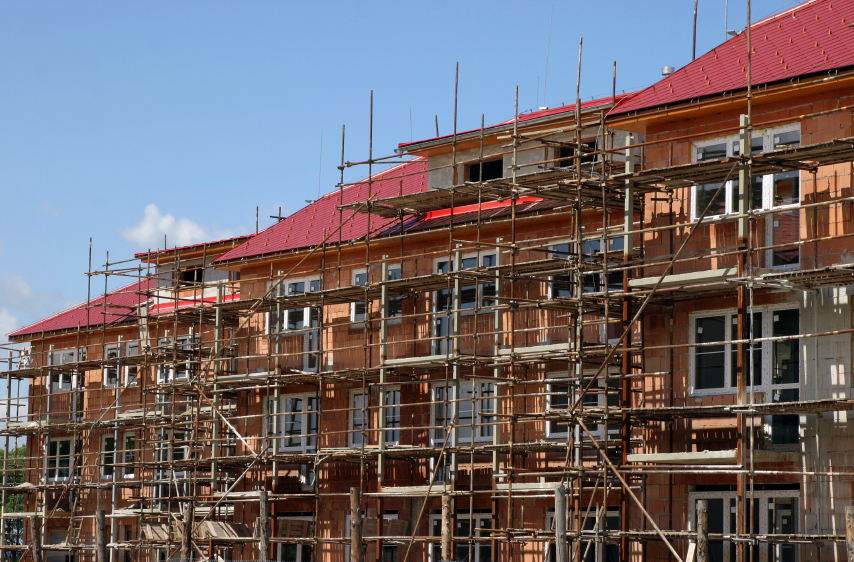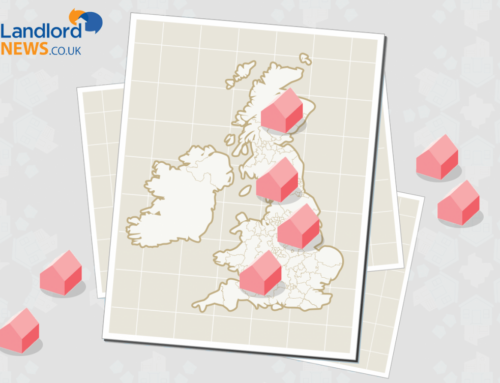This article is an external press release originally published on the Landlord News website, which has now been migrated to the Just Landlords blog.

It is well known that the UK is facing a serious housing crisis, fuelled by a lack of new homes. But are the homes we are building even in the right place?
The UK’s population is rising at an increasingly fast rate, but the level of house building has dropped recently. Two years ago, it even fell to a post-war low of 135,000.
It has been suggested that when homes are being built, they’re in the wrong places.
The following maps explain this idea:
The first map shows the rate of population growth in different parts of the UK. The darker the red, the more people.
The second map indicates the rate of house building in different locations around the country. The darker the red, the more homes being built.
This issue is worst in London, with the Greater London Authority (GLA) estimating that the capital needs between 49,000 and 62,000 new homes per year to keep up with demand.
However, the London Plan, the strategic planning team at the GLA, has set a target of only 42,000 a year. This was calculated based on how many it believes can be accommodated. Last year, the capital built around half of this, just 24,000.
Director of planning consultant Quod, Barney Stringer, who produced the data for the maps, expresses his concern: “There is an overall shortage of housing and not enough house building, and new homes are needed almost everywhere, but the high growth areas that need it most are not managing to provide new homes much faster than low growth areas.
“The really big planning question for the next few years is whether the districts around London can and will provide for any of the growth that London can’t accommodate. The maps show quite how little is being achieved at present.”1
But one of the biggest debates surrounding house building is the green belt.
When the Business Secretary, Sajid Javid, highlighted the Government’s plans to relax planning laws in a bid to drive up house building, he emphasised that the proposal would never breach green belt rules.
The green belt is the land surrounding towns and cities, which was reserved as building-free over 50 years ago.
However, ministers have recently released figures that indicate there is not enough brownfield land in the UK to accommodate the 300,000 homes that the country needs.
The Department for Communities and Local Government estimates that there is enough land for around 200,000 homes to be built on brownfield land.
Research by business group London First shows the huge opportunity that the green belt would offer to solve the UK’s housing crisis, compared to sticking to brownfield sites.
In total, urban areas of England cover just 9.9% of the total landmass and actual built areas just 4.2%. The green belt covers 12.4% of the total area of England.
London First, Stringer, academics and the Organisation for Economic Co-operation and Development (OECD) believe that the green belt should not be preserved forever.
The OECD says that the green belt is “a major obstacle to development around cities, where housing is often needed.”1
However, the Council for the Protection of Rural England argues that the green belt is to stop urban expansion.
Regardless of the solution, the two maps above reveal that when the UK does build, it’s in the wrong places.






